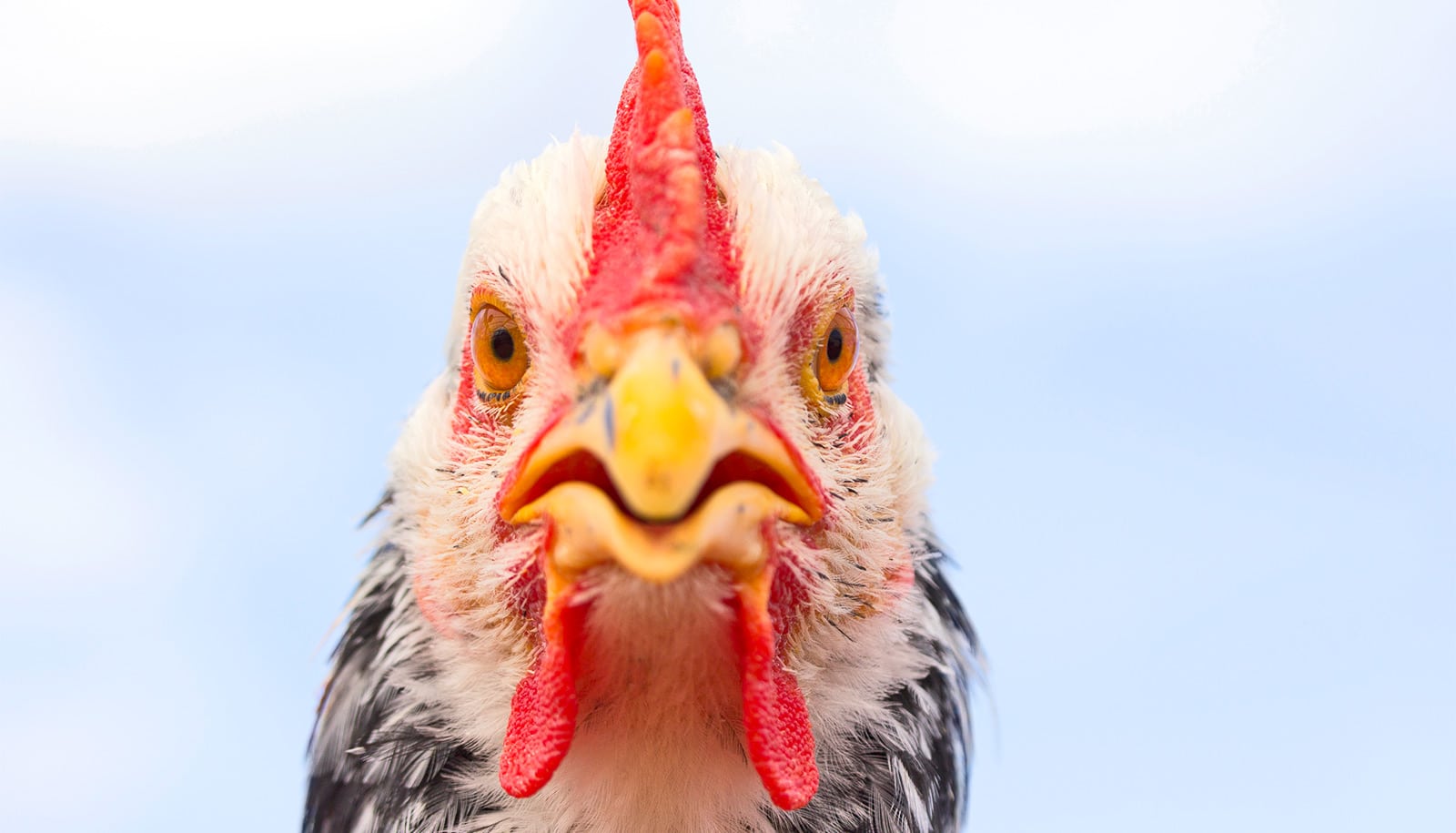YALE (US) — Birds’ plumage has changed from dull to brilliant over millions of years, but the bright hues humans see are only a fraction of what birds see.
“Our clothes were pretty drab before the invention of aniline dyes, but then color became cheap and there was an explosion in the colorful clothes we wear today,” says Richard Prum, professor of ornithology, ecology, and evolutionary biology at Yale University. “The same type of thing seemed to have happened with birds.”
A new study, published this month in the journal Behavioral Ecology, finds that birds not only can see more colors than they have in their plumage, because of additional color cones in their retina that are sensitive to ultraviolet range, but they also see colors that are invisible to humans.
Over time, birds have evolved a dazzling combination of colors that included various melanin pigments, which gives human skin its tint; carotenoid pigments, which come from their diets; and structural colors, like the blue eyes of humans.
Structural colors produce the lion’s share of color diversity to bird feathers, even though they are relatively rare among birds.

Birds can see more colors than they have in their plumage because of additional color cones in their retina that are sensitive to ultraviolet range. (Credit: Yale University)
Researchers are interested in knowing why birds have yet to develop the ability to produce, for example, ultraviolet yellow or red colors in their feathers—colors invisible to humans but visible to the birds themselves.
“We don’t know why plumage colors are confined to this subset,” says Mary Caswell Stoddard of Cambridge University.
“The out of gamut colors may be impossible to make with available mechanisms or they may be disadvantageous.”
“That doesn’t mean that birds’ color palette might not eventually evolve to expand into new colors,” Prum says.
“Birds can make only about 26 to 30 percent of the colors they are capable of seeing but they have been working hard over millions of years to overcome these limitations.
“The startling thing to realize is that although the colors of birds look so incredibly diverse and beautiful to us, we are colorblind compared to birds.”
More news from Yale University: http://opa.yale.edu/



